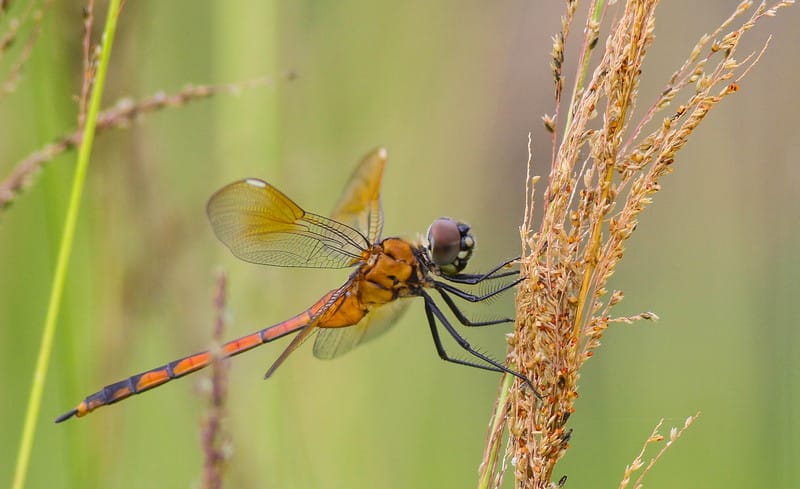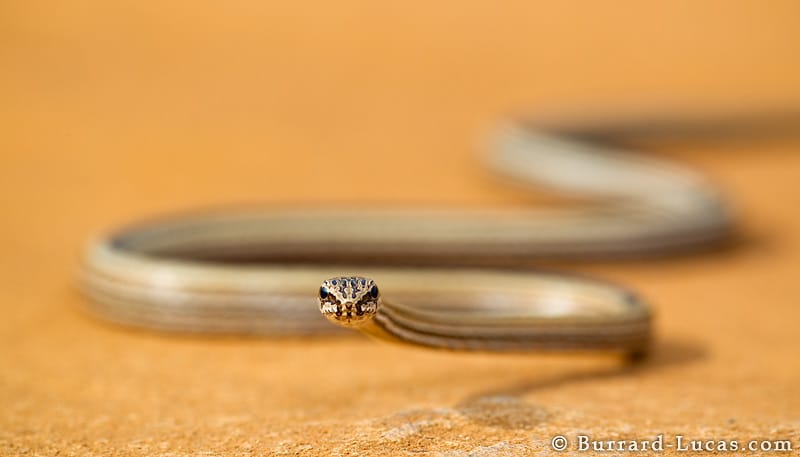You can never be too cautious when it comes to taking photographs in nature, but you should not let cautiousness get in the way of you and your perfect shot. Try mixing both of them and achieve perfection when it comes to wildlife and nature photography.
There are many things you should consider before putting on your backpack, grabbing your camera and just march into your backyard. To come to your aid and help you out on your journey to being a great photographer, here are 8 great tips on wildlife and nature photography.
1. Pick a theme or a topic
You can choose different seasons, a certain color or even a category of animals such as insects, mammals or birds. It is important to have a certain theme or topic already figured out before actually starting shooting everything, everywhere because this way you have something to focus on and you are more likely to accomplish a goal if you actually have one. Moreover, by shooting a lot of pictures of the same object, animal or category of either objects or animals, you can find which pictures are better, under what conditions and you can actually try finding out what is the influence behind the pictures that are better.
2. Know your camera and what it can do
I cannot stress enough on this subject. It is hugely important to know what your camera is capable of, sometimes even before actually purchasing it. There is much more to photography than simply point and shoot and there are a lot of functions and features that you should know abut such as ISO, Aperture, Exposure, Shutter Speed, Macro and so on. Learn how you can use all the feature your camera has into your own benefit.
3. Dress for the occasion
Try finding out where you want to go after you have decided what you are going to shoot. This is important because you have to be prepared for any type of weather conditions. Do you need hiking boots and a rain coat or flip flops and sun-block? These are all factors that can influence your photographs and photography skills so you should definitely take them into consideration.
4. A tripod is your best friend
If you want to shoot landscapes without having to worry about blurry pictures due to shaky hands, you should consider bringing a tripod – especially if you are going with the raincoat rather than the sun-block. A tripod and the perfect filter are a badass combination which can easily make an average quality picture look a hundred times better. However, if you are going for wildlife shooting, a tripod might not come in that handy since you have to be part of an animal’s environment if you want great pictures.
5. Be part of the animal’s environment
It is settled – if you want great wildlife pictures you must not be afraid of getting your hands dirty. You cannot expect an animal to stay still while you take 100+ pictures of it and then try to pick the best ones. Let’s face it, you often get only one chance to a perfect shot, so you have to make the best of it.
If you see an interesting animal you want to shoot, before grabbing your camera and make a 2 foot leap to it, think. What is the animal doing? Is it feeding, running for its life or just chilling around? Is there any way you can get closer without scaring it off? Is the animal dangerous for you or your gear? These are all important questions you need to ask yourself before putting you or your camera in danger.
6. Focus points
One thing many people involved in the artistic field do not know is the fact that a central focus point can be tiring to the human eye. In order to obtain photographs which are aesthetically pleasing to the eye you have to check out the rule of thirds. For this rule, you need four lines.
Two of these lines divide your photograph into equal thirds – length wise while the other two divide it into equal thirds width – wise. You will obtain four intersection points between these lines and by focusing your subject in one or two of those points, you will reach perfection when it comes to focus.
7. Zoom in and get close
A good quality optical zoom on your camera is definitely very useful, especially when it comes to wildlife and nature photography. You do not always get the chance to get as close as you would want to a certain animal or flower, so your zoom might prove to be the best tool you have.
Another great tip which can prove useful especially if you cannot zoom in as much as you would want is using a pair of binoculars. Simply put your camera lens at one of the eyepieces and allow your camera to focus before taking the picture. Moreover, if you spin your binoculars, you have instant macro lens. Do not expect a high quality but it is certainly better than using your digital zoom.
8. All about light

There is something called “the golden hour” when it comes to wildlife and nature photography. This “hour” which can sometimes actually be hours is the period of time around sunrise or sunset, when light appears golden because of the atmosphere. Some photographers even say that this is the only time you should take wildlife photographs since in the middle of the day, your camera will most likely struggle with the bright spots and different shadows. However, there is something beautiful about photographs even if they are not taken during the golden periods of time if you know how to take advantage of the light.
Avoid taking pictures directly into sunlight as you will not be able to understand anything of that picture. Instead, try finding some shade and make the most out of all the natural light you have at hand. Try using the sun as if you would use a reflector and find sources that can reflect sunlight, such as water or even wet leaves. Take some time and study the environment to see how and where light is reflected before considering taking the perfect shot.
What other tips or techniques do you use for your wildlife or nature photographs?











